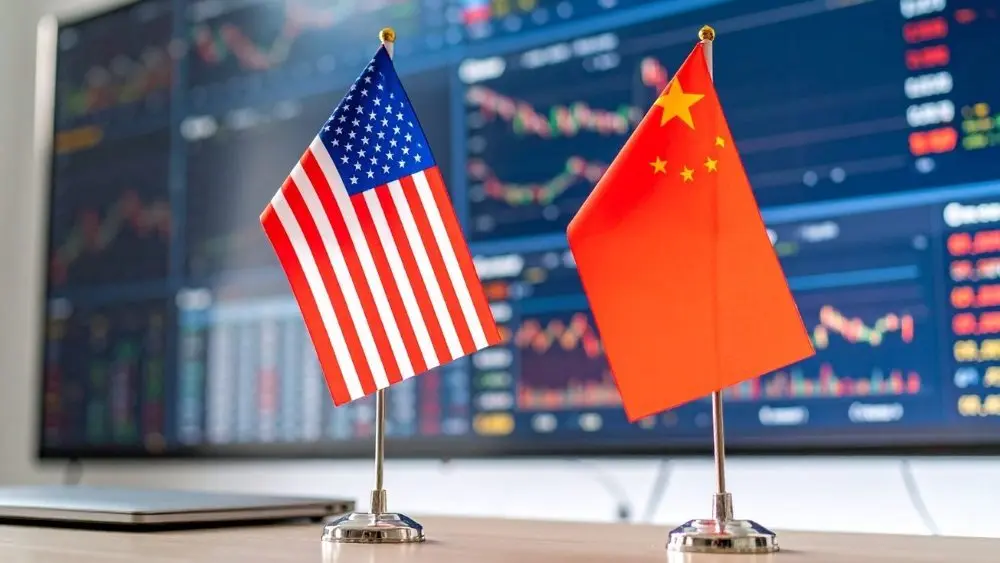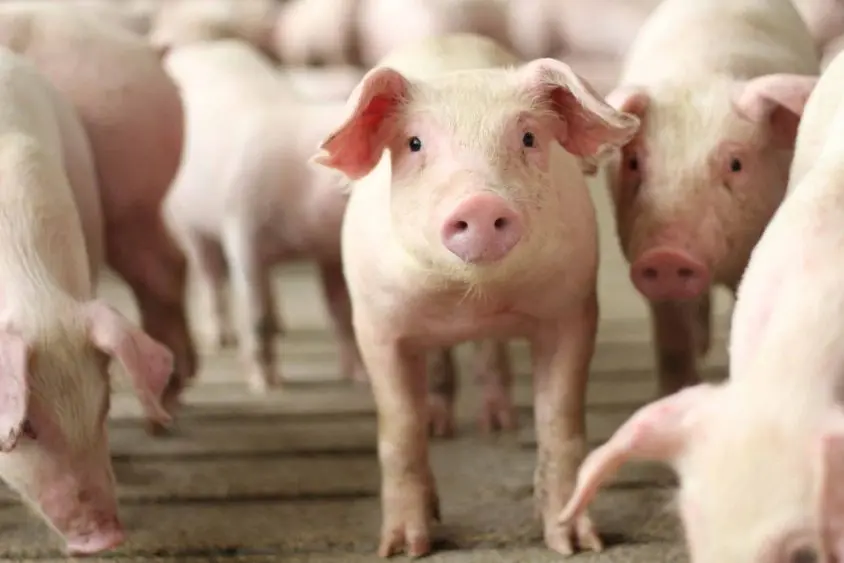(FARGO, ND) — As news broke over the weekend of a trade framework being reached between U.S. and Chinese negotiators, many in U.S. agriculture welcomed the news. During multiple weekend interviews, U.S. Treasury Secretary Scott Bessent said negotiations with China have gone very well and he expects President Donald Trump and President Xi Jinping to discuss and presumably finalize many of these details later this week when the two leaders meet.
In weekend TV appearances, Bessent said that “we also agreed on substantial agricultural purchases for America’s farmers.” Bloomberg said if the pledge is confirmed by Beijing, it will bring major relief to U.S. farmers struggling with financial stress after China, the world’s top soybean buyer, walked away during the U.S. harvest season.
However, there are many in agriculture who are cautiously keeping things in perspective as little details have been announced and nothing has been signed between the United States and China.
“It’s good to have China and the United States and the Trump administration talking about a trade deal. The last one happened in 2020, which helped American agriculture tremendously,” according to Dan Basse, President of AgResource Company. “However, this trade deal, I’m a little worried that it’s a frame contract, not the same kind of negotiation and codification, if you will, from a legal standpoint. What worries me is that the Chinese, which are always non-performers, will not have a legal binding behind them to do what they’re signing or what they’re saying. So that’s something to watch very carefully as we get beyond the announcement.”
Basse added that the rumors are all over the board in terms of what a U.S./China deal could mean for agriculture and potential soybean purchases. He says numbers anywhere from 3 million metric tons to 20 million metric tons have been floated.
Arlan Suderman, Chief Commodities Economist at StoneX, shares the same cautious sentiment ahead of this week’s meeting between Trump and Xi. “We started the week with the news of the framework deal with China, which we still don’t have finalized. We still don’t have details on. Could still fall apart by Thursday,” according to Suderman. “We hope it doesn’t. We anticipate that there will be a deal signed. And then the question is, what will those details be? Will it match up with the euphoria that’s been priced into the soybean market or not? We anticipate that China needs somewhere between eight and 10 million metric tons of soybeans to fill the gap between what they already have coming from South America and when new crop supplies, which will be cheaper coming from Brazil, start arriving in February.”
Suderman added some perspective when it comes to the current USDA balance sheet and what a China deal could potentially mean or need to be. “We need to sell at least 10 million metric tons here in the next few weeks to China just to try to make USDA’s current balance sheet work. If we don’t get that many, then we start seeing a bloated balance sheet,” according to Suderman. “If we get more than that, that’s good. But what are the odds that we’ll get more of that in the near term when they’ve got a full load of shipments that are going to plug up China’s ports in February, probably until July or August of next year.” He added that many of the rumored purchases could be for next marketing year which “doesn’t do much to justify this current rally in soybeans, which has been roughly a dollar and 10 gains off of the August lows.”
Basse added that the rally in the markets the last few days should be a selling opportunity for farmers ahead of the Trump/Xi meeting later this week in South Korea. “Farmers should look at this rally as being an opportunity to make sales both for this year and next year and try to lock down some margin,” according to Basse. “That’s the key here, which is margin. The world still has way too much wheat, way too much corn, way too much soybeans. We don’t have a problem in Brazil. Once we get this trade announcement out of the way Wednesday evening here in the United States, Thursday in South Korea, then you’ve got problems. So as I think about this, this is a rally to be rewarded.”
Suderman also added that this week brings an opportunity. “So the market’s now trading on momentum. The momentum trading algos, as the chart signals turn are putting in buy orders until some type of reality that’s opposite of the rumors comes in and changes market sentiment. And let’s hope we get a good opportunity for all farmers to sell with the weak basis that we have in many areas right now to be able to help pay their bills. Because it may not last.”





